Best indoor plants: the best house plants for stylish greenery
Add some greenery, air purification and general good vibes to your home with the best indoor plants. We look at easy-care house plants for bedrooms, bathrooms and living spaces
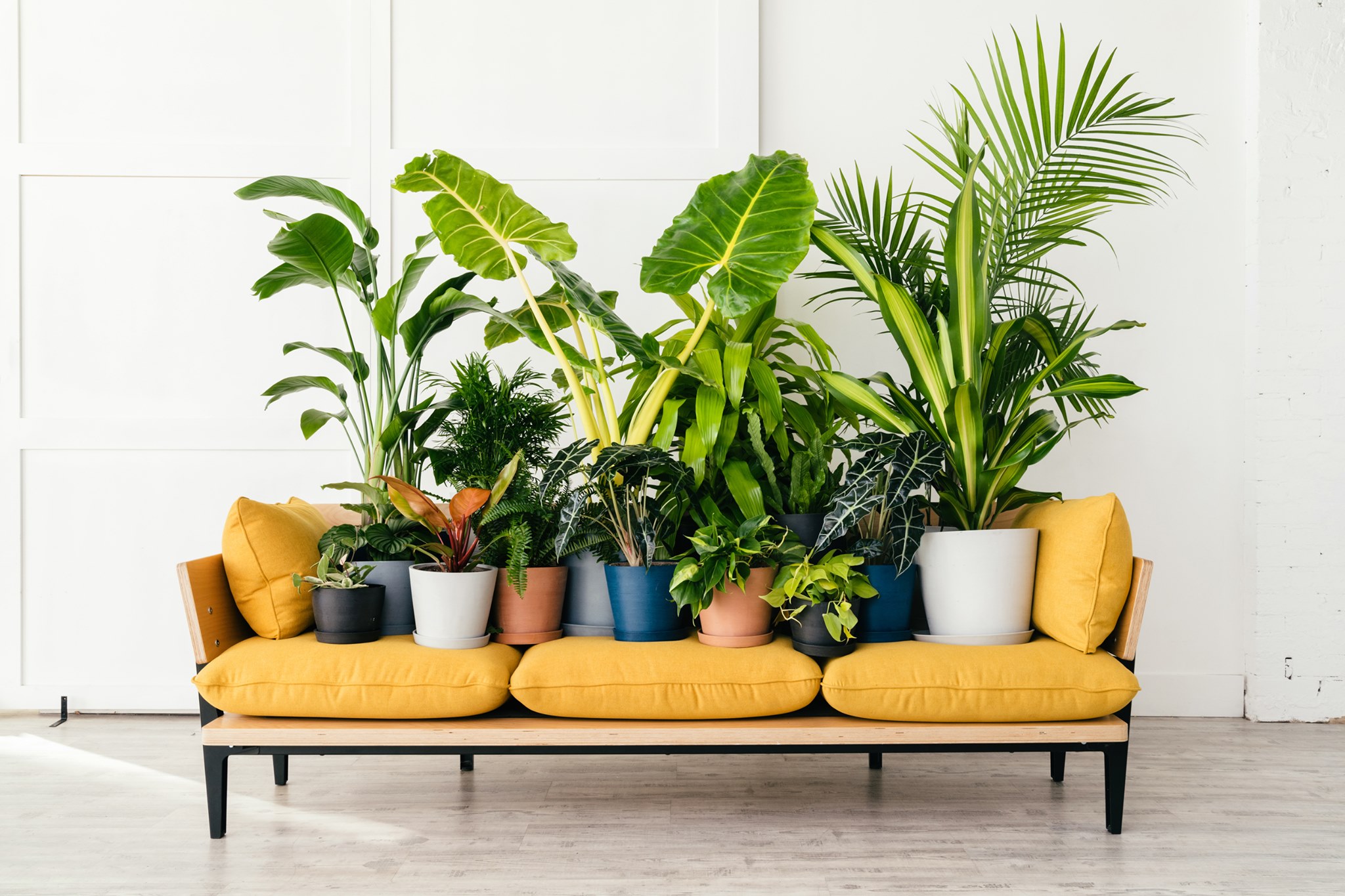
Our selection of the best indoor plants is a great place to start whether you have green fingers or not. It is undeniable that house plants can bring so many benefits to your home, be it adding some interest or improving wellness by bringing the outside in. But if you aren't sure which is the right one for your space, you might be destined to feel like a bad plant parent.
Most house plants like a bright, warm spot by a window, but we've included several that don't mind a bit less light, or are happy living in a bathroom.
Keep scrolling to find our roundup of gorgeous indoor plants and if you want to learn more about outdoor gardening when you're done, be sure to visit our garden ideas page.
The best indoor plants
From tiny succulents to large, leafy tropical specimen plants, only your imagination is the limit to how many/which ones will find their way into your home. Some indoor plants can even give the best air purifier a run for its money as they absorb carbon dioxide and release oxygen to live.
Whether you're looking for one of the best tall houseplants or a tropical plant, we have options for you.
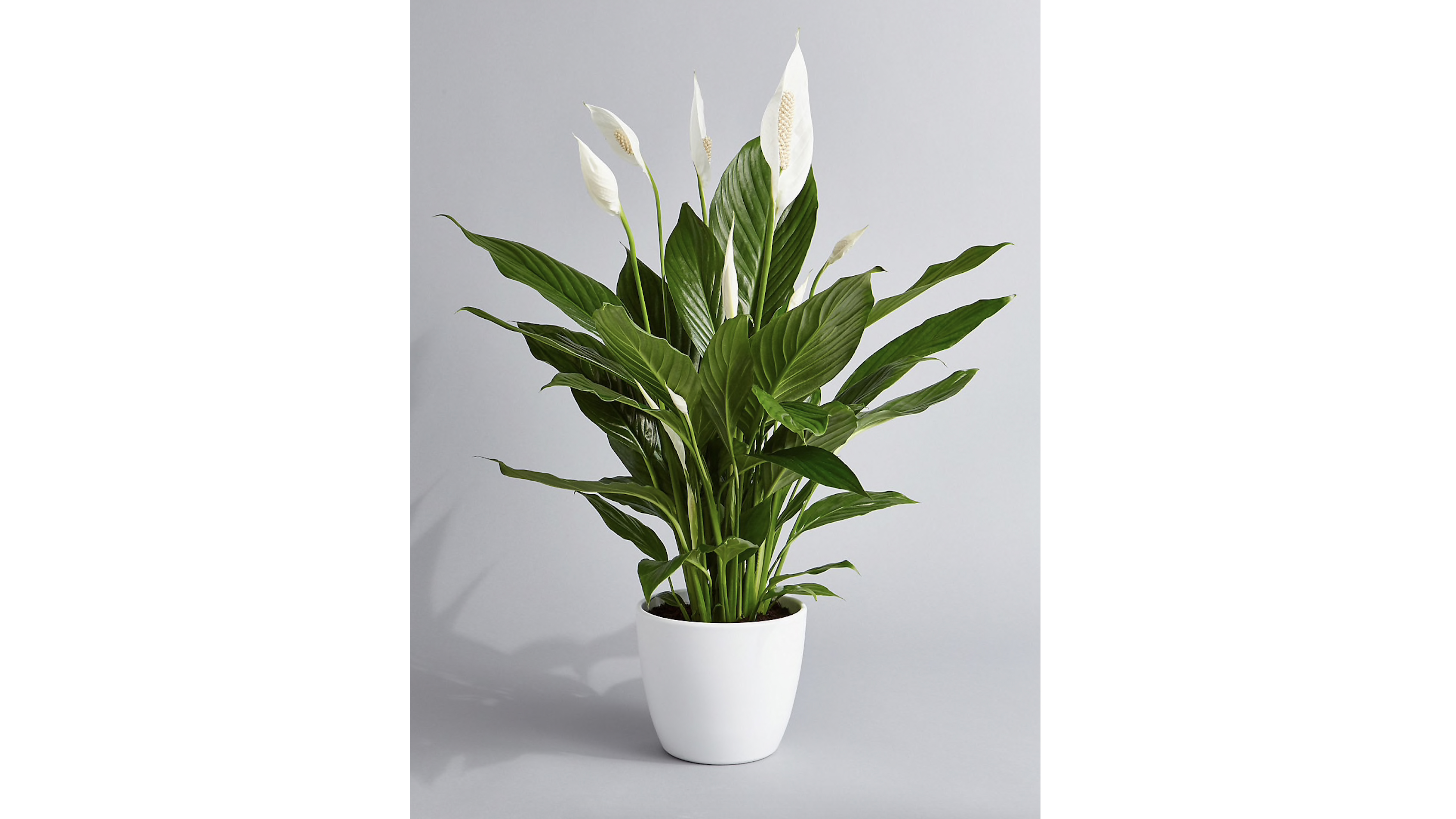
1. Peace Lily
Specifications
Reasons to buy
The Peace Lily Spathiphyllum features beautiful shapely pleated leaves and striking white 'flowers' (actually a specialised leaf bract – who knew?), but little did you know that they also boast wonderful air purifying properties too. This is the perfect addition to a home, especially when you're working from home daily, or spending a lot of time indoors due to the current climate.
What do we like about it?
Peace lilies are the minimalist luxury of house plants; just when you think it's just foliage, they produce gorgeous, sculptural white blooms. Perfect for a bright window sill or desk.
Care tips
They’re surprisingly low maintenance, far more tolerant of under-watering than overwatering (and they let you know by drooping, perking up again after watering), and happy with ample light or the bare minimum, although those kept in low light will be more foliage- than flower-heavy.
What to watch for:
Keep in mind that lilies are toxic to cats, so make sure they’re kept in a closed room out of reach of curious kitties.
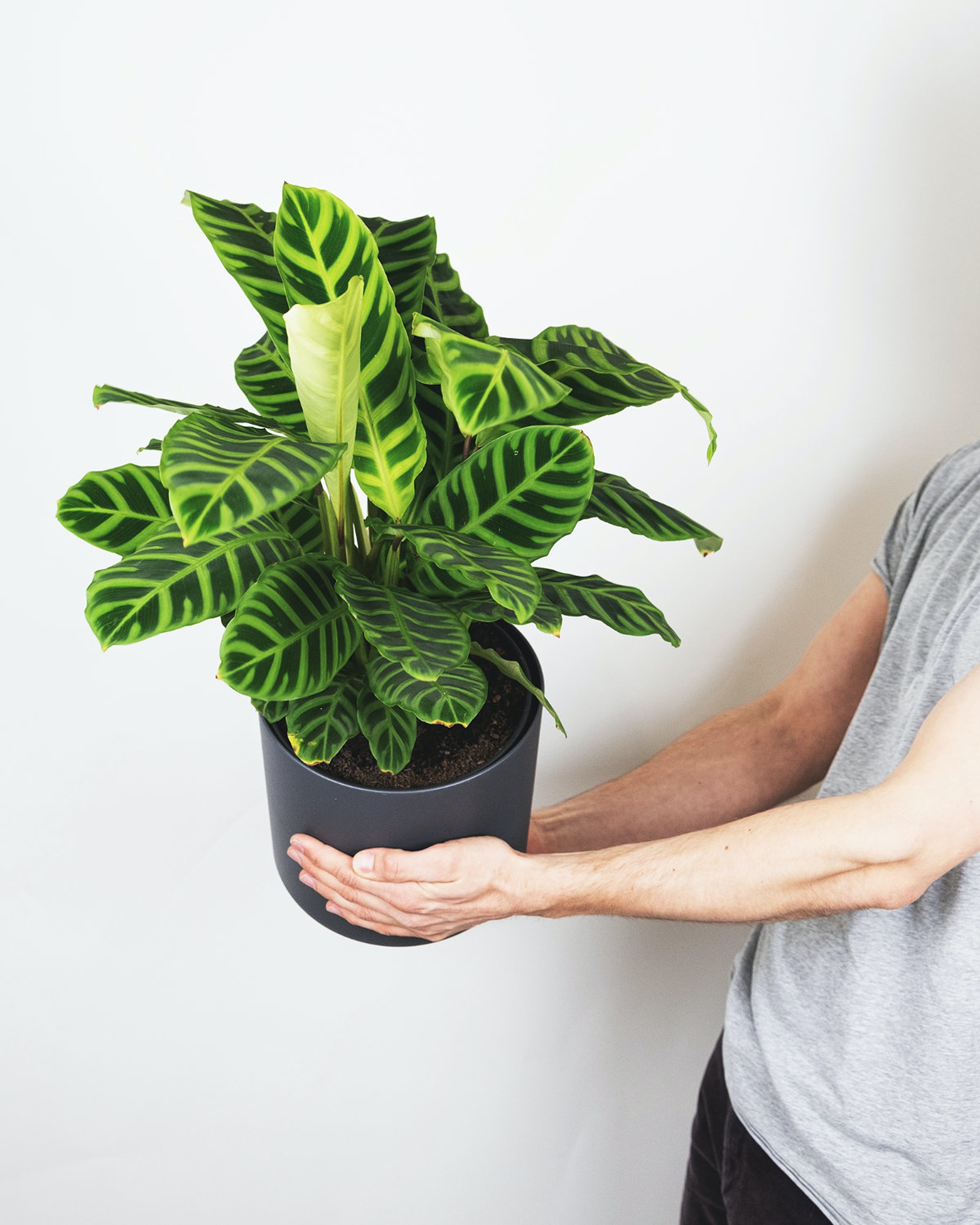
2. Calathea
Specifications
Reasons to buy
Reasons to avoid
This zebra-like calathea, Goeppertia ornata, is most easily distinguished by its colouring – white to pale pink stripes on the dark green leaf surface with a blush of deep pink underneath – making for a striking addition to any home.
What do we like about it?
Calatheas have large leaves that make a big impact in a room; they also photograph very well, given their exciting veined leaves that look as though they've been painted. Calatheas usually grow quite close to the ground in tropical rainforests, which means they're happy in any reasonably bright spot in the house.
Care tips
Simply place in a reasonably cool area away from fluctuations in temperature, in not-too-bright light, and mist occasionally to keep it happy. We find that they cope well with drought and have kept ours flourishing by taking a cue from the plant when it starts to look a bit droopy. This avoids overwatering.
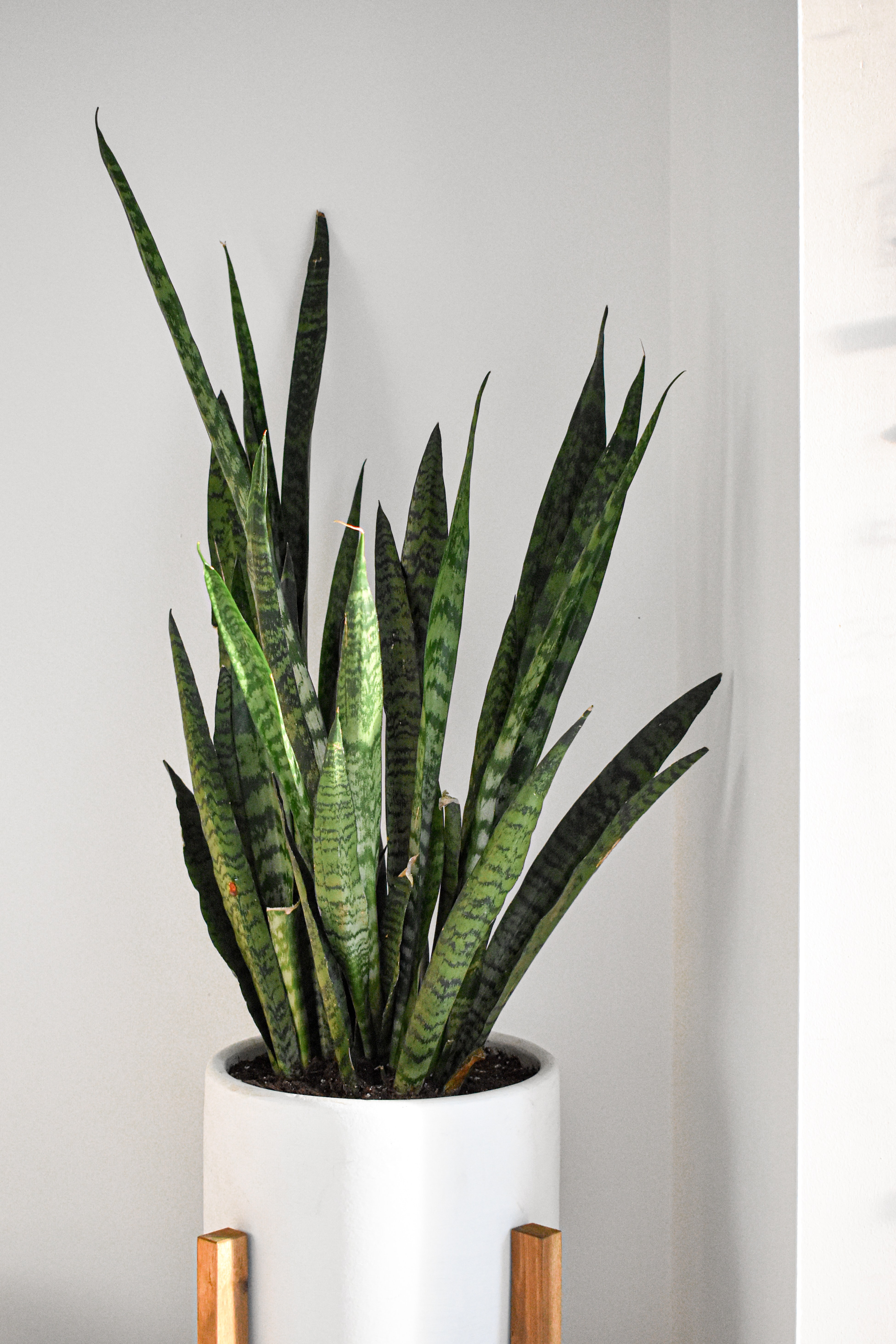
3. Snake Plant
Specifications
Reasons to buy
Reasons to avoid
Cheekily nicknamed ‘Mother-in-Law’s Tongue’, Sansevieria, the sharp-ended Snake Plant has gorgeous variegated leaves that would add loads of interest to any shelf or windowsill. As the name suggests, it’s pretty feisty – and almost impossible to kill – so if you’re looking for the best house plants for beginners, this is a good place to start.
What to we like about it?
It’s ideal for small spaces, as it doesn’t spread out and is rigid enough not to flop under its own weight as it grows. Ideal if you tend to neglect your house plants. It also copes with low light and will be happy in most places.
Care tips
Just be sure not to over-water it, and you’ll be rewarded with a hardy, handsome plant.
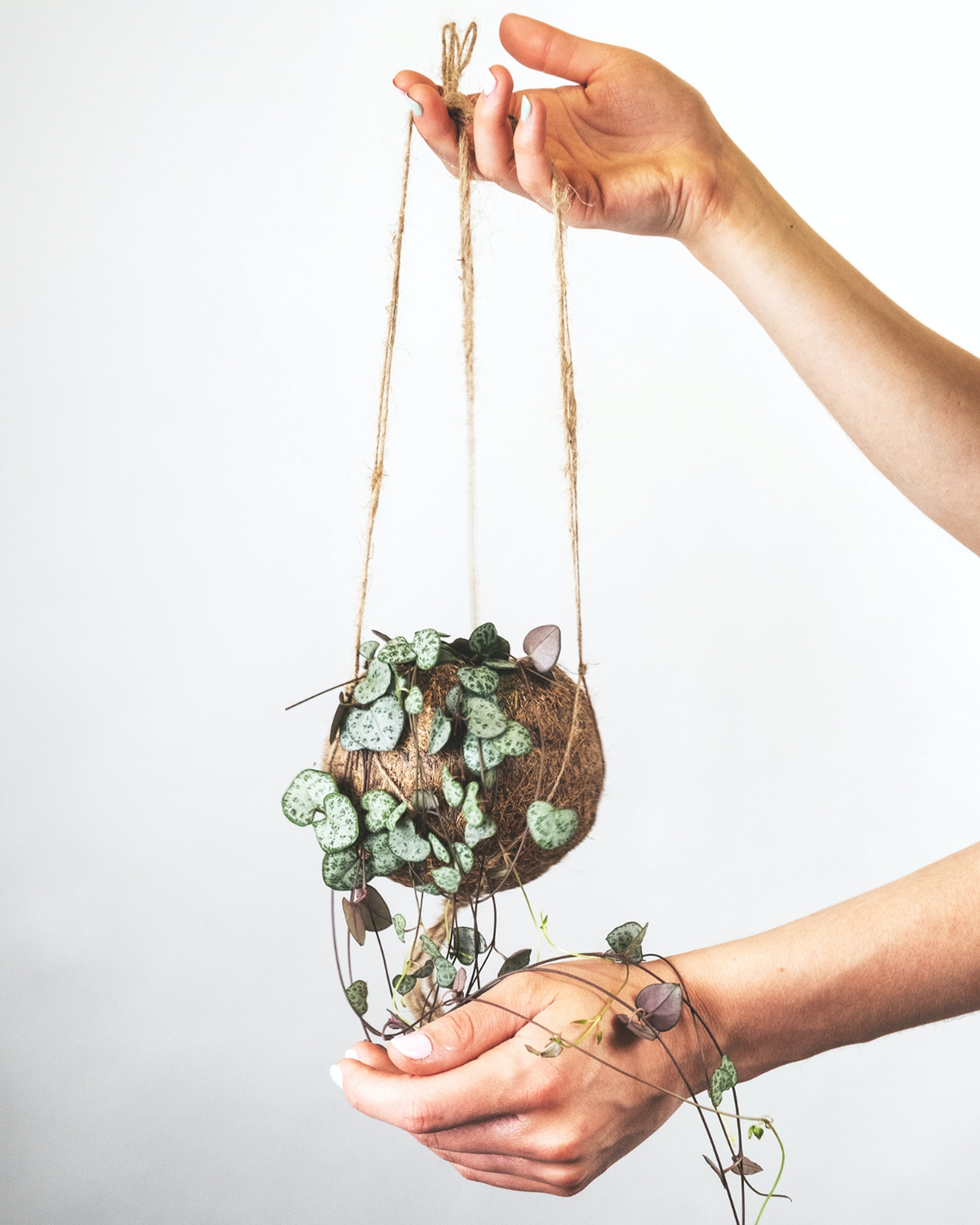
4. String of hearts plant
Specifications
Reasons to buy
Reasons to avoid
The String of Hearts plant Ceropegia linearis has become very popular in recent years due to its attractive trailing habit and small, heart-shaped leaves in a beautiful sage colour. It looks particularly stunning suspended from the ceiling.
What do we like about it?
This is the ultimate home styling plant that will add a touch of boho chic to any home. If properly cared for, this plant will give you joy for many years.
Care tips
Water well during growing season and very sparingly in winter.
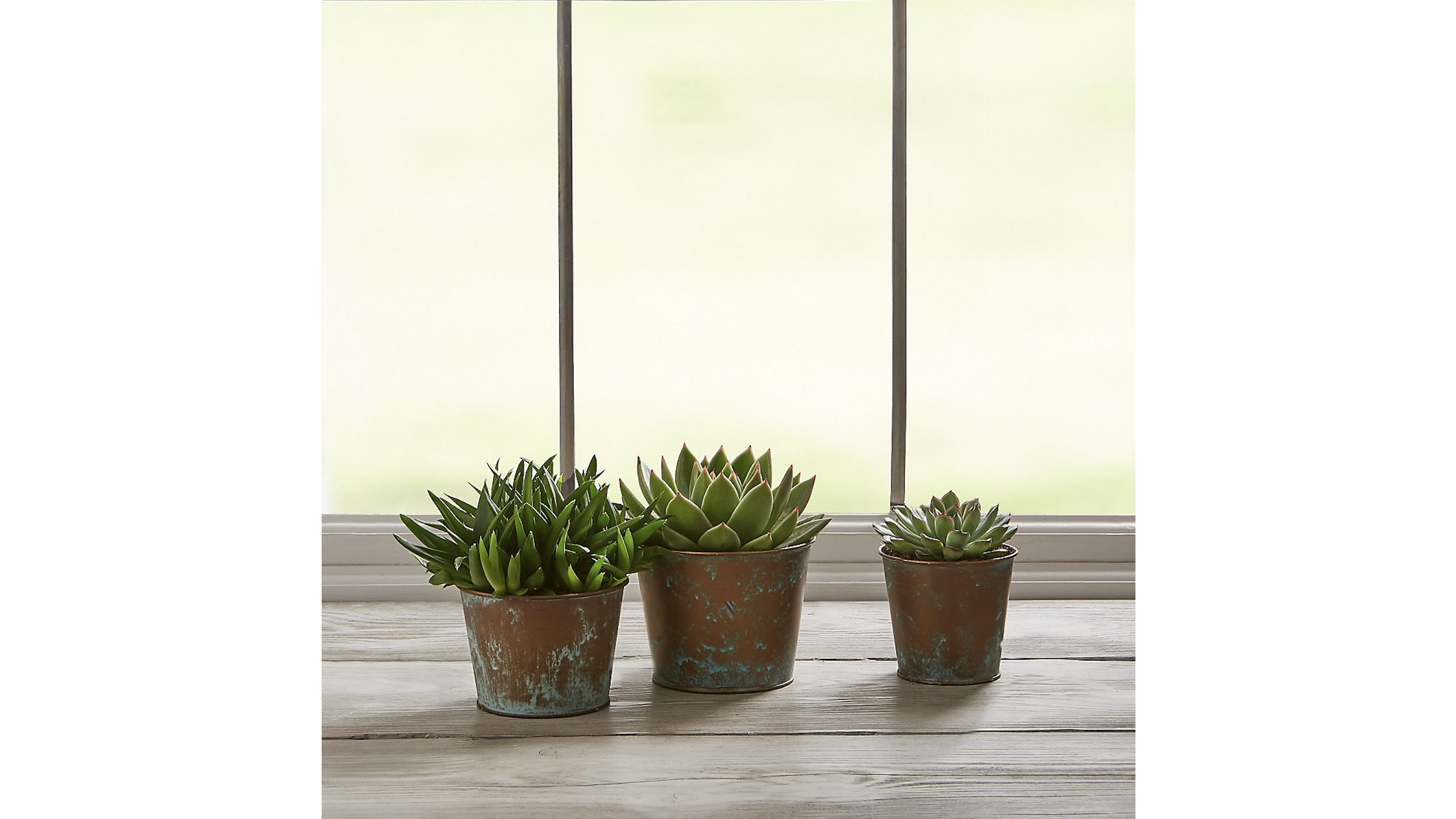
5. Succulents
Specifications
Reasons to buy
Reasons to avoid
Succulents, Ariocarpus – part of the Cactaceae (cactus) family – are super cute and super-trendy. Adored for their mix of leaf shapes and shades of green which add visual interest to all types of space. Display them in a sunny spot, in chic or worn and rustic pots for a stunning display that will not budge.
What do we like about it?
Succulents are the nearest you'll come to care-free plants; they also come in a dizzying variety of shapes and shades, and their firm, structured stems make them an excellent choice for interior styling.
Care tips
The best thing you can do for your succulents is forget about them; they dislike frequent watering or being disturbed too much; every once in a while, you can water them by standing them in a dish full of water for about half an hour.
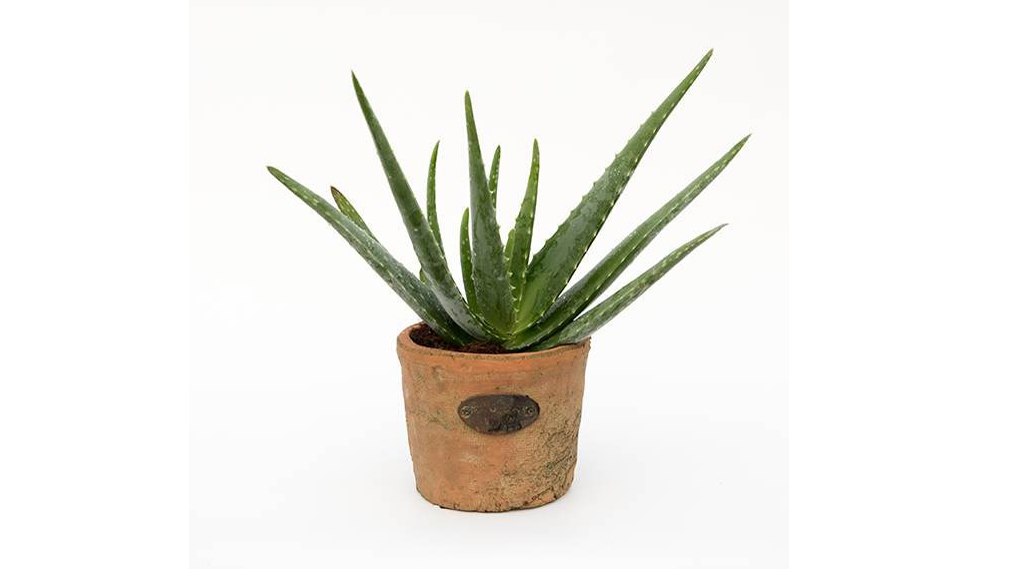
6. Aloe Vera
Specifications
Reasons to buy
Reasons to avoid
Every house inhabited by children – or accident-prone adults – needs an aloe vera in it, and this Barbados aloe is as good a cultivar as any for its soothing properties on burns, cuts, bruises and scrapes. Unfortunately it’s so lovely that you’ll be loathe to snap bits off to get to the healing gel inside, with its plush green serrated fronds, delicate variegation and serrated shape. If you’re lucky, you may get a tubular yellow-green flower in the summer, but that foliage is lovely enough by itself.
Wondering what other plants you can used as home remedies? We have the best garden plants for health in our guide.
What do we like about it?
An aloe plant can easily last you a lifetime, with many people boasting passing on their aloes to their children. It's fun watching it slowly grow and finding it new pots every once in a while.
Care tips
Aloes are succulents, and as such, don't like being interfered with too much. They store water in their juicy stems, so water sparingly, and always from below.
What to watch for:
Aloe may be beneficial to humans, but it isn't to pets, so watch young puppies and kittens around these plants.
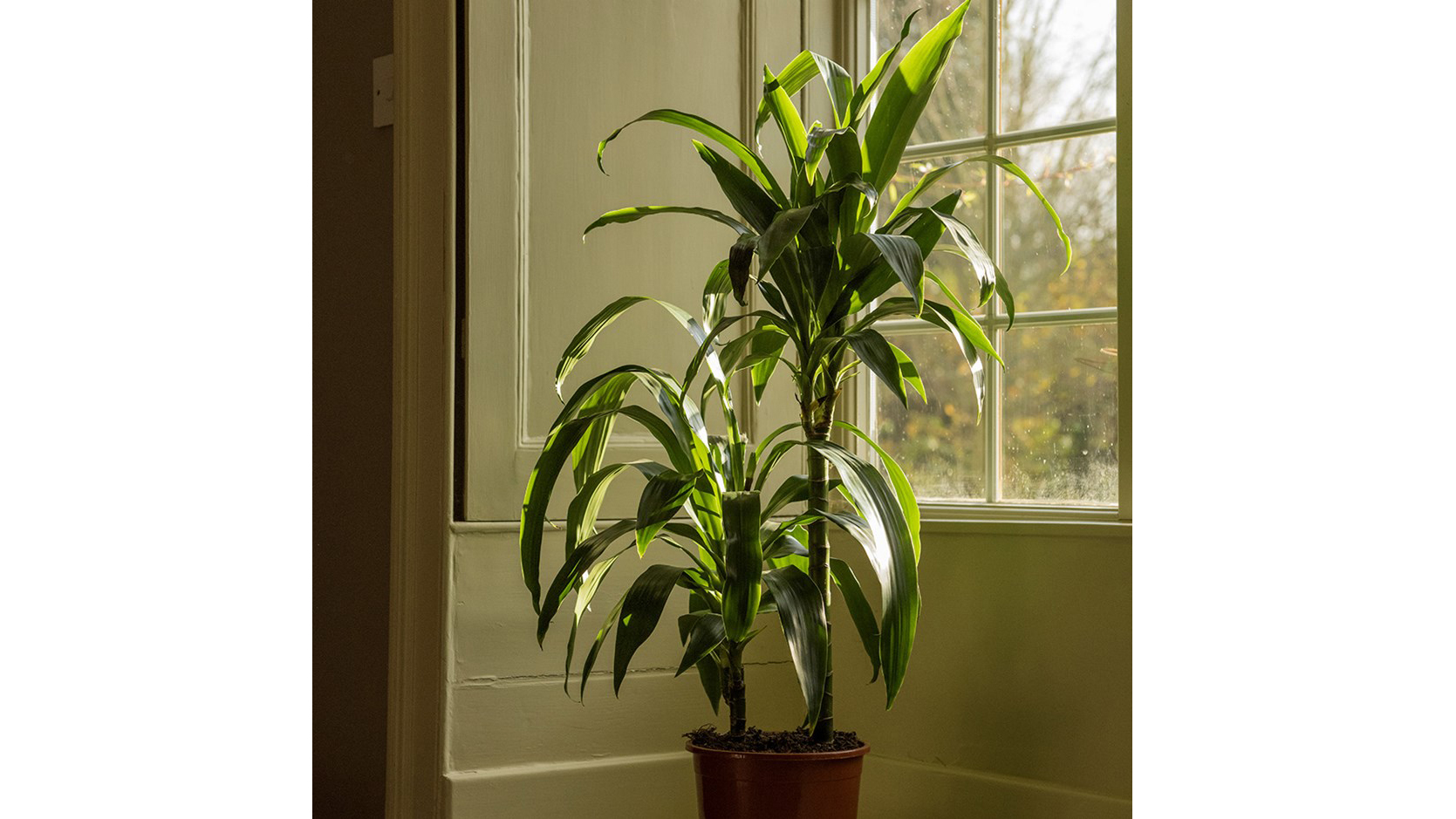
Best shade loving indoor plants
7. Dragon Tree
Specifications
Reasons to buy
Reasons to avoid
You might be tempted to inject a little drama into a living room or bedroom with a fierce-looking dragon tree, but not fancy the thought of sticking yourself every time you go to water it. That’s where this slightly softer cultivar comes in: its elongated leaves are a little like an elongated peace lily’s, still striking, but with less spiking.
What do we like about it?
This is your best plant for shade: it responds well to low light areas such as hallways, and its upright habit (plant person speak for 'growing tendency') means it won’t interrupt your flow as you bustle past.
Care tips
The issue some people have with this plant is that if overwatered, combined with being placed in the shade, it will succumb to root rot and die. Allow the soil to dry out between watering and you should be fine.
What to watch for:
This plant can be a magnet to naughty pets (especially cats) that love chewing on its blade-like leaves, which can make them sick. Avoid in a household with young pets.
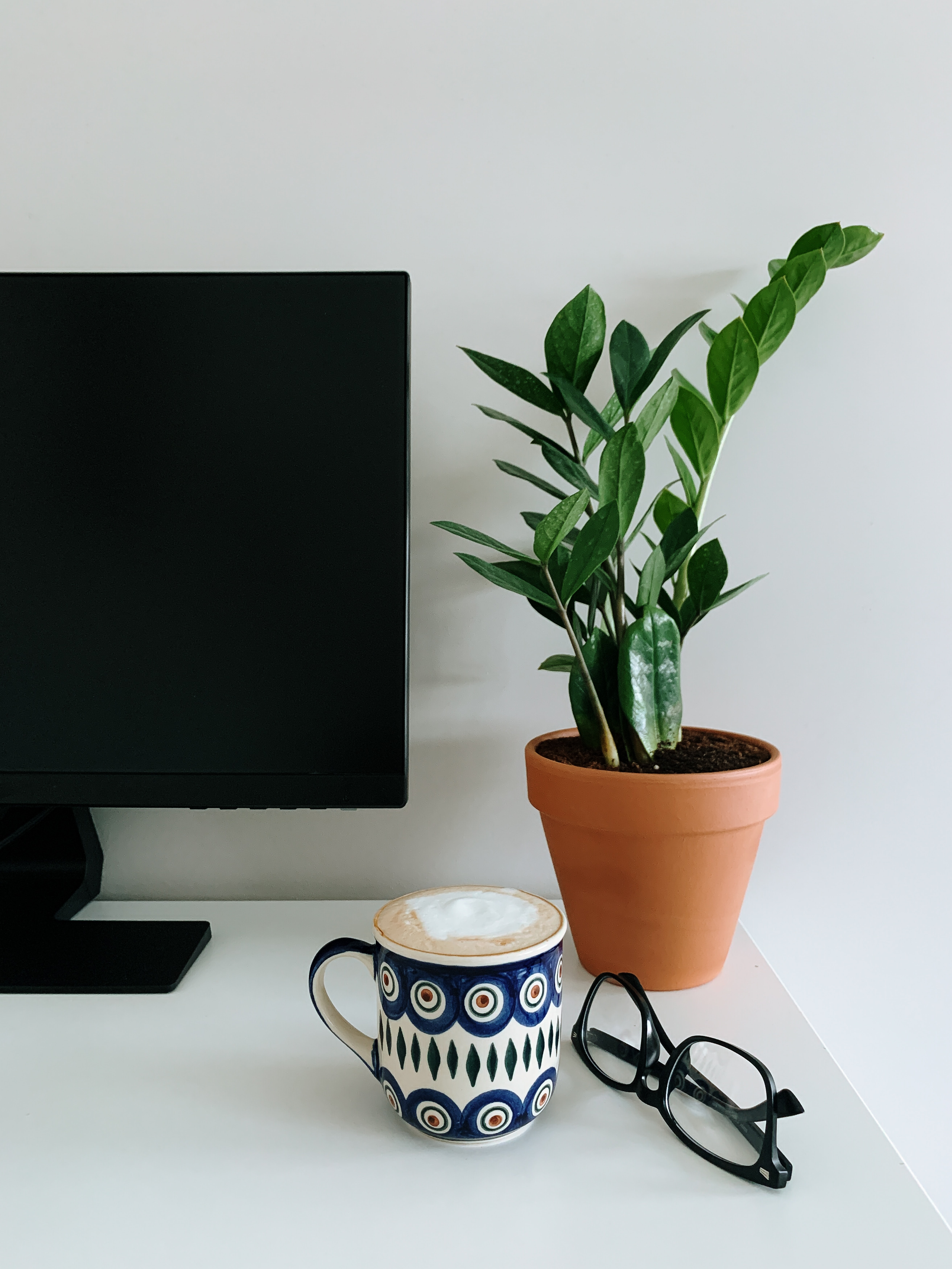
8. ZZ Plant
Specifications
Reasons to buy
Reasons to avoid
This hardy and versatile house plant is great for newbies who want to add greenery. It is happy in most locations of the home, won't suddenly take over a space and is laid back on the care front so a great all rounder.
What do we like about it?
Zamioculcas is one the best-looking tropical plants for your home, with their distinctive, dark green fleshy leaves. Sturdy and enduring, they require little maintenance, and will be perfectly fine positioned away from a window, so long as they get some natural light. Slow-growing, this plant should live for many years.
Zamioculcas care tips
Take care not to overwater, allowing the top layer of the compost to dry out between watering. As with other house plants, avoid moving it too often. Plant in well-draining soil that isn't too compact. It is poisonous if ingested, so keep away from nibbly pets (and humans).
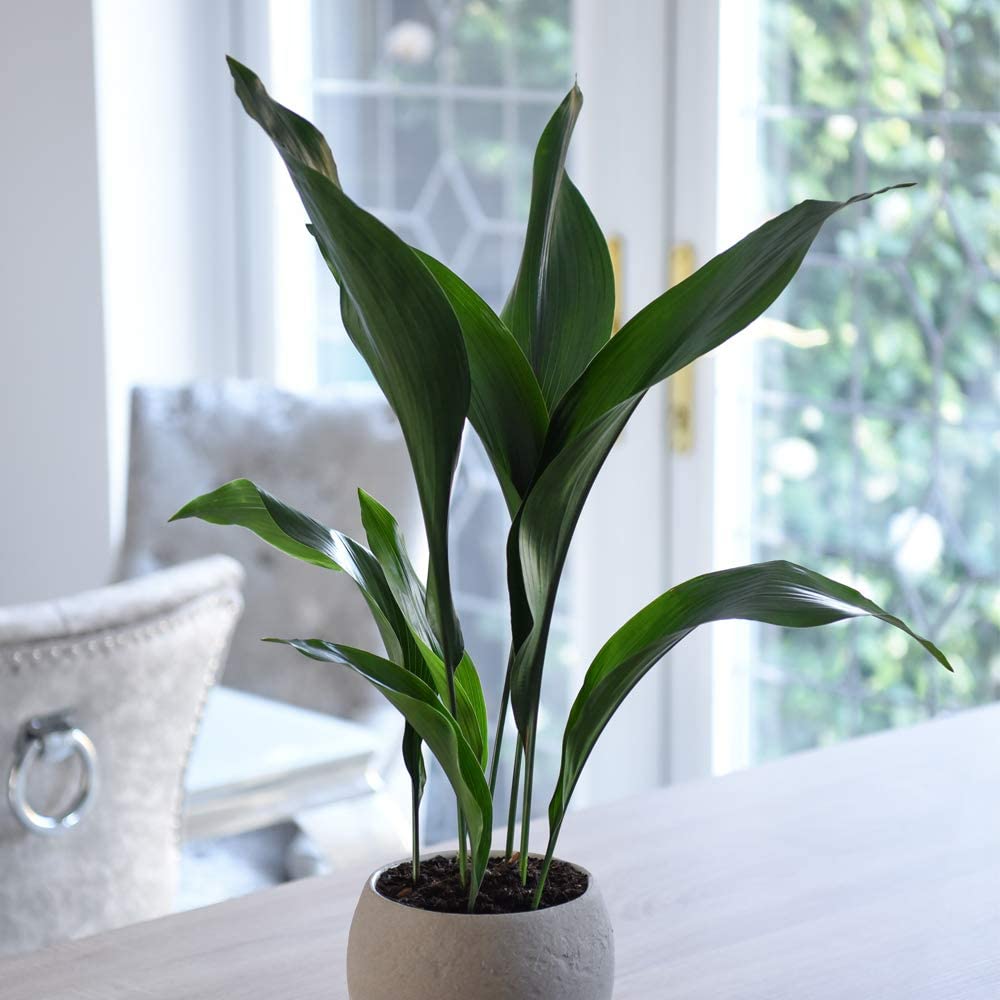
9. Aspidistra
Specifications
Reasons to buy
Reasons to avoid
Aspidistra elatior has a common name of 'Cast Iron Plant', which will give you an idea of its survival potential. Once a symbol of staid suburban life, aspidistras are enjoying something of a revival.
What do we like about it?
They have attractive, glossy green leaves, require very little maintenance – and actively dislike bright light, making them perfect for darker rooms. They are also pet safe as non-toxic to cats and dogs.
Aspidistra care tips:
Aspidistras mainly need a good start – namely, good compost – to flourish. After that, you just need to water them occasionally, but not too often.
For more cool common house plants and care tips check out our feature.
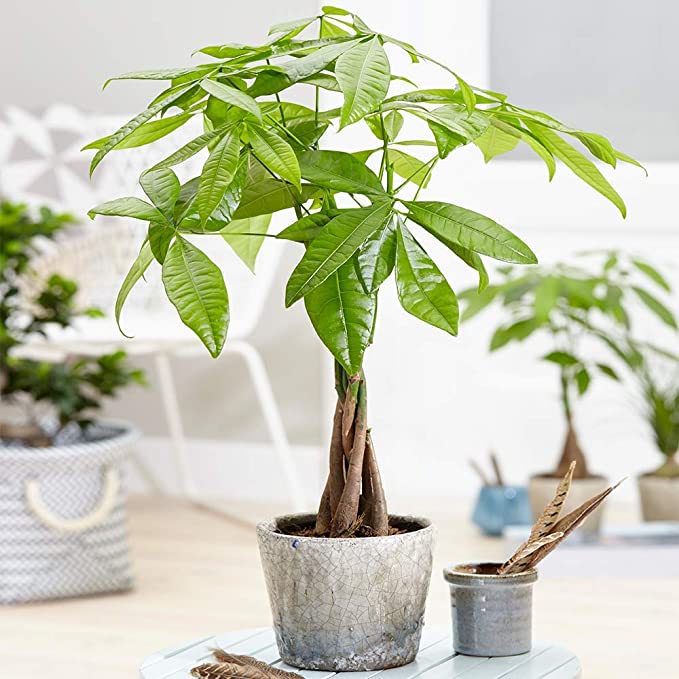
10. Guiana Chestnut
Specifications
Reasons to buy
Reasons to avoid
Pachira aquatica, or Money Tree/Guiana Chestnut, is a native of Central and South America where it grows in swamps. It's an all-round attractive plant with elongated leaves, and mature species are often sold with a plaited trunk, which adds interest.
What do we like about it?
It does like a bright spot by a window, but will tolerate some shade, too. As with most exotic plants, so long as there is some natural light coming from somewhere, it'll be ok.
How to care for Pachira acquatica
True to its name, this plant loves water, so water often, especially in the summer. It's crucial not to let it stand in water, though, as this can cause root rot.
If you find you're encountering gnats and pest problems, make a solution of Irish Spring soap with warm water and oil, mix well then spray liberally over the plant. Our guide on how to use Irish Spring soap as plant pest control details indoor and outdoor use.
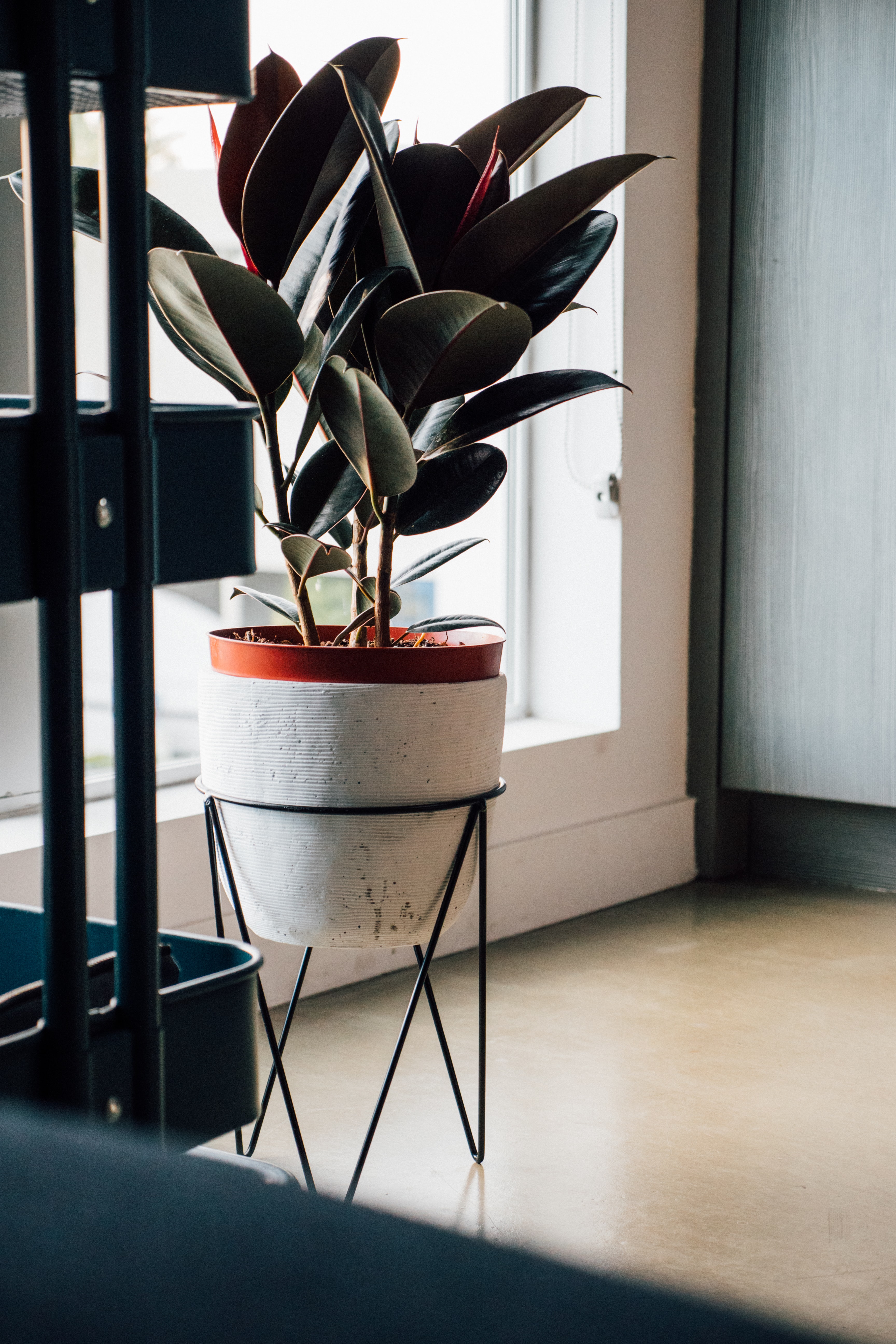
11. Rubber plant
Specifications
Reasons to buy
Reasons to avoid
Rubber plants, Ficus elastica, are – as the botanical name implies – a type of ficus, and, they are among the most popular house plants. Known for their thick, attractive, glossy leaves, they come in a variety of types, but our favourite is the dark and dramatic 'Abidjan'.
What do we like about it?
Rubber plants are super easy to care for: apart from watering and bright light, they're not fussy about where they are and can grow very, very tall, if a large indoor plant is what you'd like.
Care tips
Water well and regularly; although rubber plants will tolerate some neglect, they will only truly thrive with regular watering. They also need a lot of bright light, so position them next to a window.
What to watch for
The sap of this plant is very runny and glue-like – and it's a skin irritant. Be aware of this when pruning (wear gloves) and keep an eye out for curious pets who might want to have a nibble.
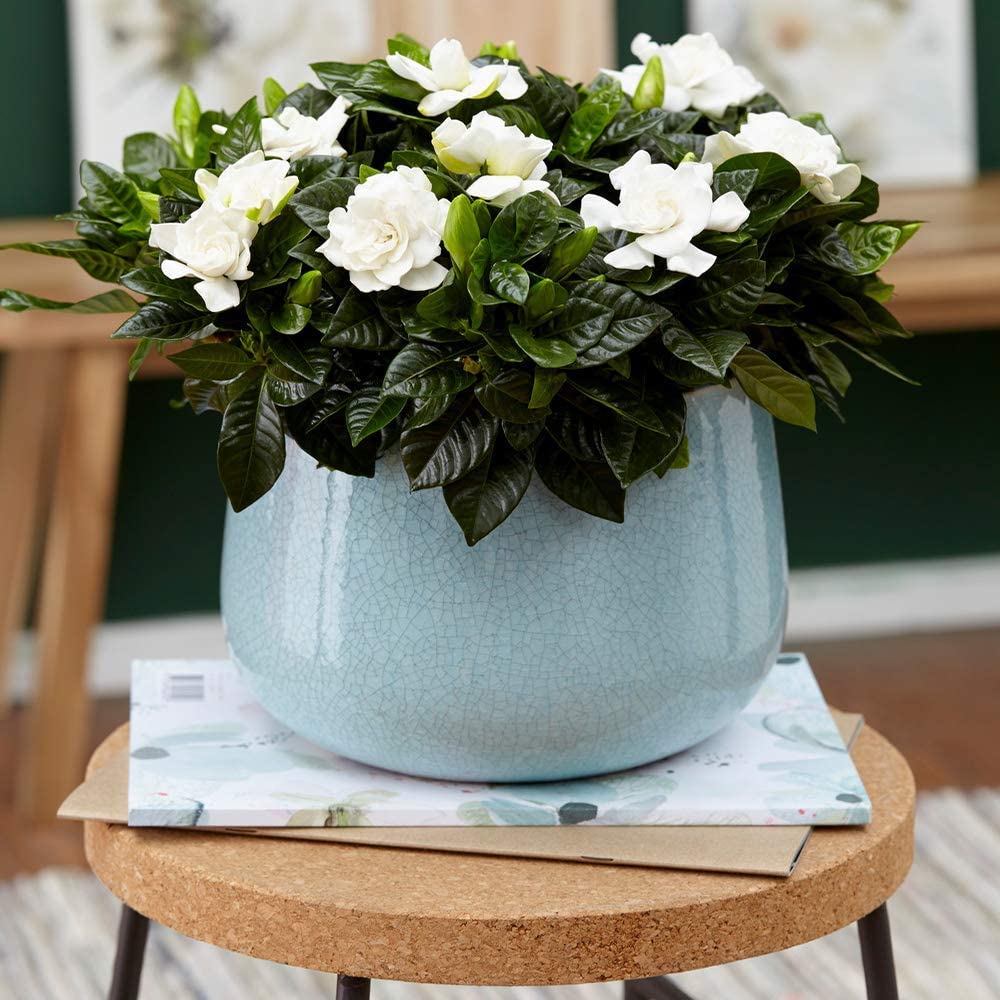
12. Gardenia
Specifications
Reasons to buy
Reasons to avoid
We think gardenia is one of the best all-round indoor plants you can grow at home. Unlike many on this list it is flowering so you get added interest when it is in season.
What do we like about it?
It has gorgeous dark green, glossy foliage and spectacular, rose-shaped flowers that are snowy white when they first open, then gradually change colour to cream and then yellow. And the scent is out of this world: a creamy, white floral that manages to also stay fresh and even a little soapy.
Care tips
This plant does require a little more attention than other indoor plants; it's sensitive to temperature fluctuations (so don't place it next to a radiator or draughty window), likes plenty of light but not direct sunlight, and needs to be watered by being stood in a dish (otherwise, it's likely to die from a fungal infection).
High maintenance, but absolutely wonderful.
What to watch for
It can grow pretty big! Give it a light prune at the end of winter as soon as flowering has finished.
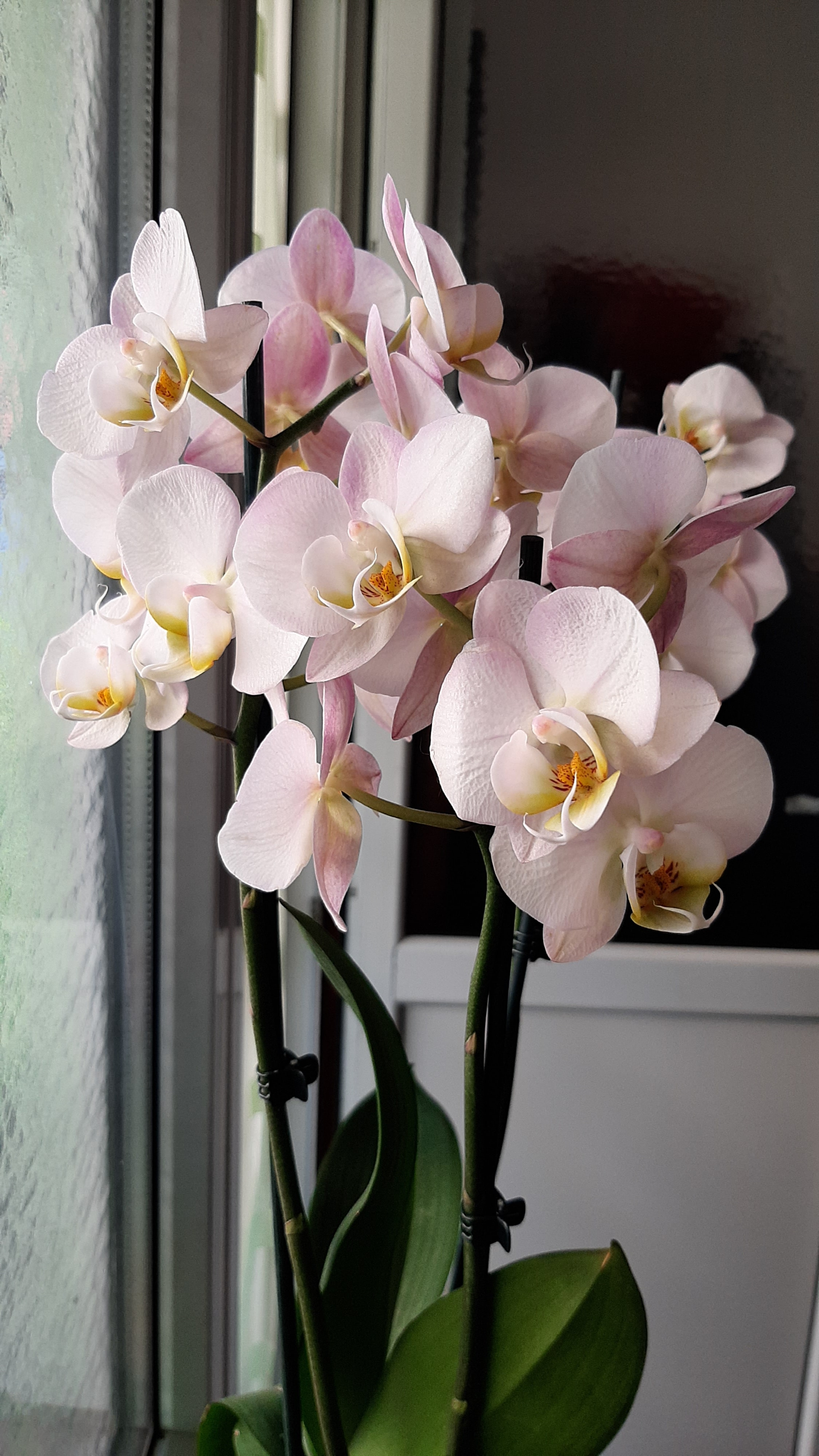
13. Orchids
Specifications
Reasons to buy
Reasons to avoid
From one of the most diverse plant families, the orchid is an elegant house plant that is worth the effort.
Why do we like it?
Orchids are primarily prized for their colourful and unusual blooms that look almost like mini sculptures. Some varieties also are exquisitely fragranced (think a complex, subtle perfume). We especially like the variety Zygopetalum 'Trozy Blue', which has both the visual appeal and a delicious fragrance in the mornings.
Care tips
Orchids aren't grown in the same way as any other indoor plant. In their natural habitat, orchids use their strong roots to grip onto rocks or tree branches, so they should be planted in a very light soil mix that has been 'opened' by lots of pebbles, with lots of drainage. Water by soaking the plant in the sink weekly, allowing it to absorb as much water as it likes.
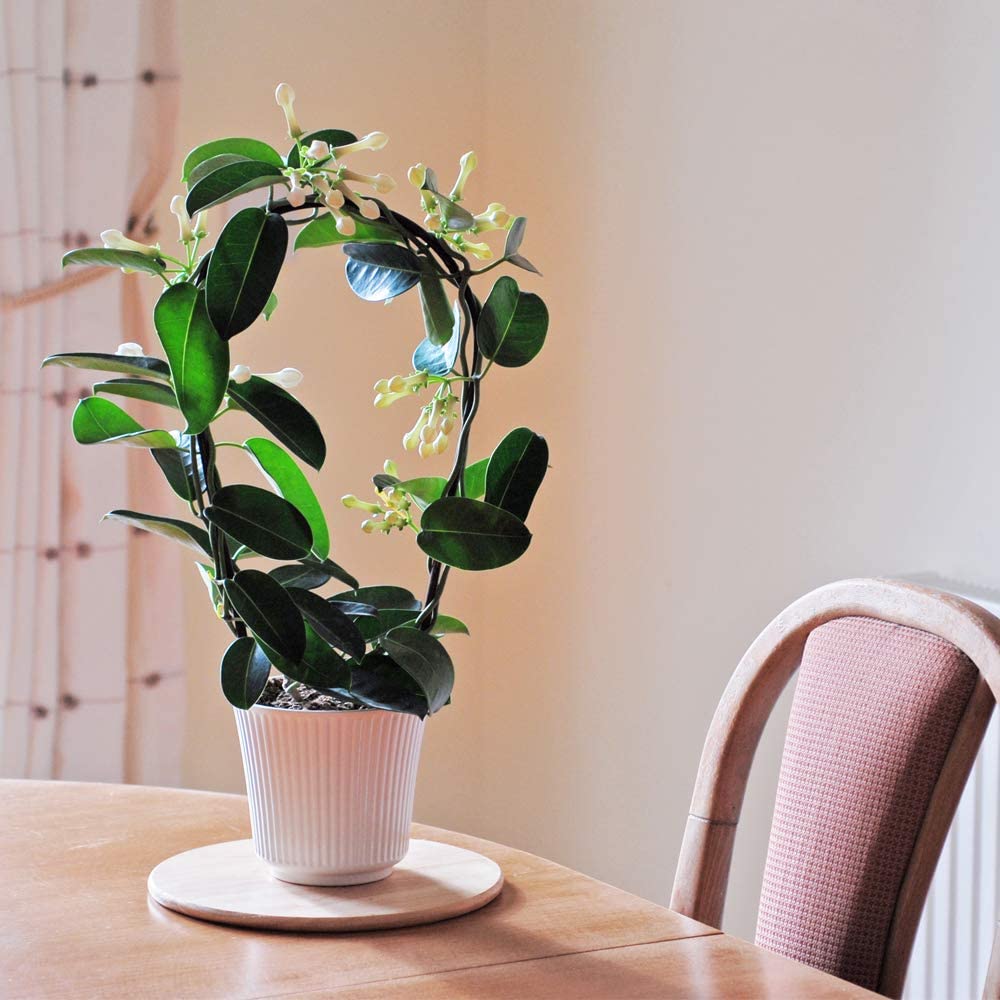
14. Stephanotis
Specifications
Reasons to buy
Reasons to avoid
The exotic stephanotis, much like gardenia, is a visually striking plant with dark-green leaves and white flowers. It's a climber and can be trained to form an arch, which makes for a very pretty display plant.
Why do we like it?
The scent is powerful and most like jasmine (which can also be grown indoors but tends not to do well without fresh air).
Care tips
Keep in a well lit position away from direct sunlight, and avoid sudden temperature changes. It can grow up to six metres if allowed so keep it well trained (unless you really want to creature a feature).
The best artificial indoor plants
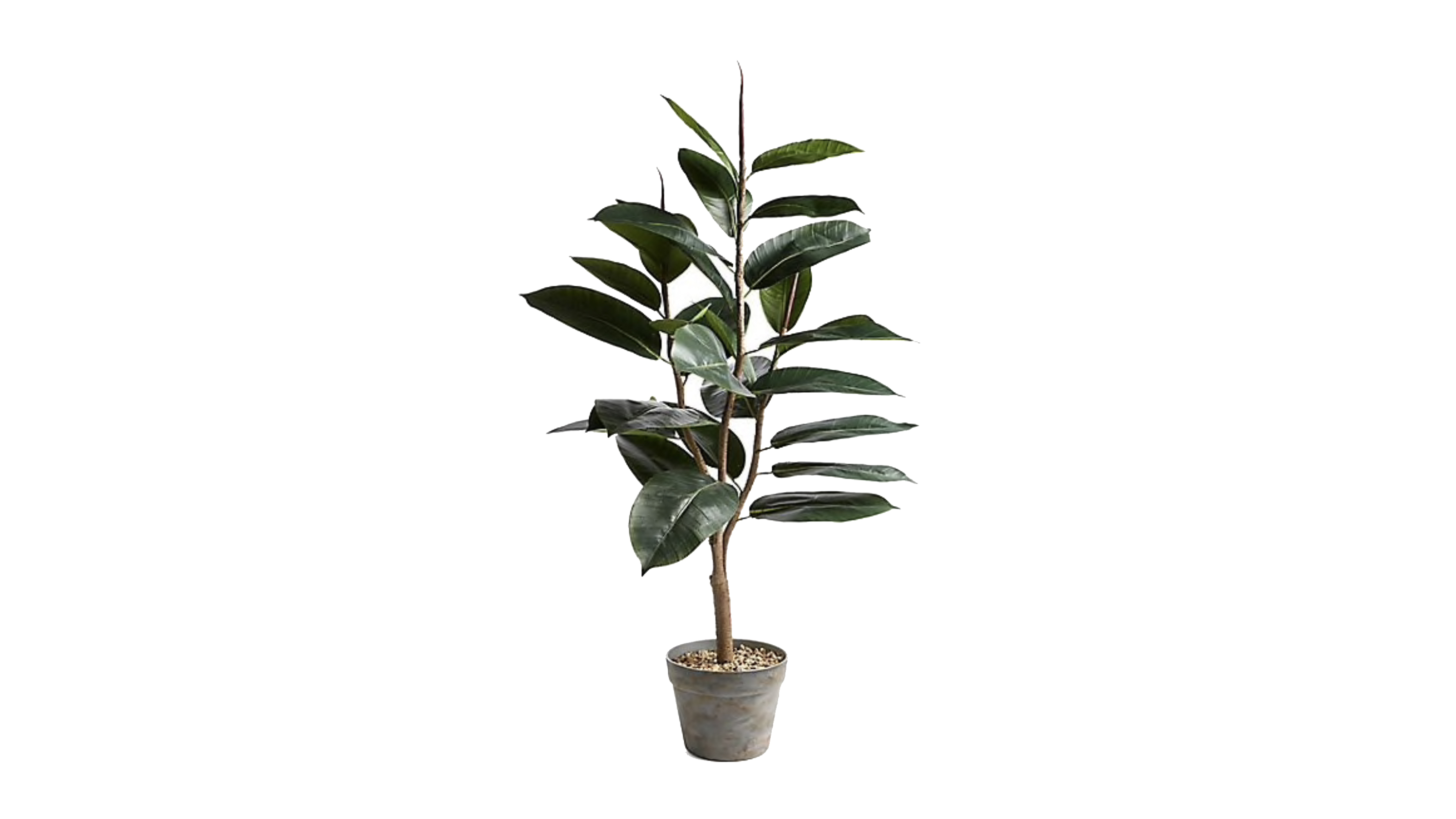
15. Artificial Cheese Plant
Specifications
Reasons to buy
Reasons to avoid
These days, you’re never more than six swipes away from an Insta snap of deep green, glossy foliage, artfully filtered and thoughtfully hashtagged. Simply put, there’s a huge trend right now for tropical-look foliage bursting out of every corner of the house, but unless you have a private gardener it can be hard to keep track.
Enter this fabulously Insta-ready artificial cheese plant, with its realistically shaped and textured leaves, thick stems and on-trend glazed pot. Its evergreen foliage will - obviously – be abundant year round, but, only you and we need know why that is!
What do we like about it?
It's the most realistic-looking artificial indoor plant we've come across and it avoids complications with animals/children chewing on the real thing. Omitting the need for care, its permanently compact look is a bonus for people in small spaces. It's a clear winner.
Care tips
Position and forget it! It could do with a dust from time to time, but is perfect if you don't trust yourself with house plants. See more picks in our list of the best artificial plants.
How to buy the best indoor plants
Buy from the right place
Always buy your house plants from a reputable seller, preferably from a specialist plant retailer, not a supermarket. The important exception is Waitrose Garden: they do sell in Waitrose supermarkets, but the plants are grown by the plant specialists Crocus.
Check before you put in your shopping basket
If you see plants that look unnaturally green, or are blooming out of season and are crammed into a dark corner or warehouse, it's best to avoid them: they will have been artificially overstimulated by too much fertilising, and are likely to succumb to disease once you've brought them home.
Consider the conditions at home
In terms of which plants to choose, consider how much light there is in your home. Most tropical plants prefer bright, indirect light, though some varieties may tolerate a bit of shade. A steady temperature is also important: house plants hate draughts, or the hot dry air from radiators, so think if you've got a spot by a window that doesn't get opened too much.
House plants and pet safety
There are plenty of pet-friendly house plants to choose from. Conversely, lots of plants are incredibly toxic, with the pollen of lillies being notoriously poisonous to cats.
Dogs should be watched this lots of house plants too as they are more likely to nibble things in their reach. See which plants are poisonous to dogs.
While we have labeled many of our chosen house plants when they're not pet safe, this is mainly as a precaution. Young puppies and kittens will try to chew anything, and it's best to keep any plants our of their reach – even if marked as pet safe, they may cause a stomach upset if ingested.
Get small space home decor ideas, celeb inspiration, DIY tips and more, straight to your inbox!
Anna is a professional writer with many years of experience. She has a passion for contemporary home decor and gardening. She covers a range of topics, from practical advice to interior and garden design.